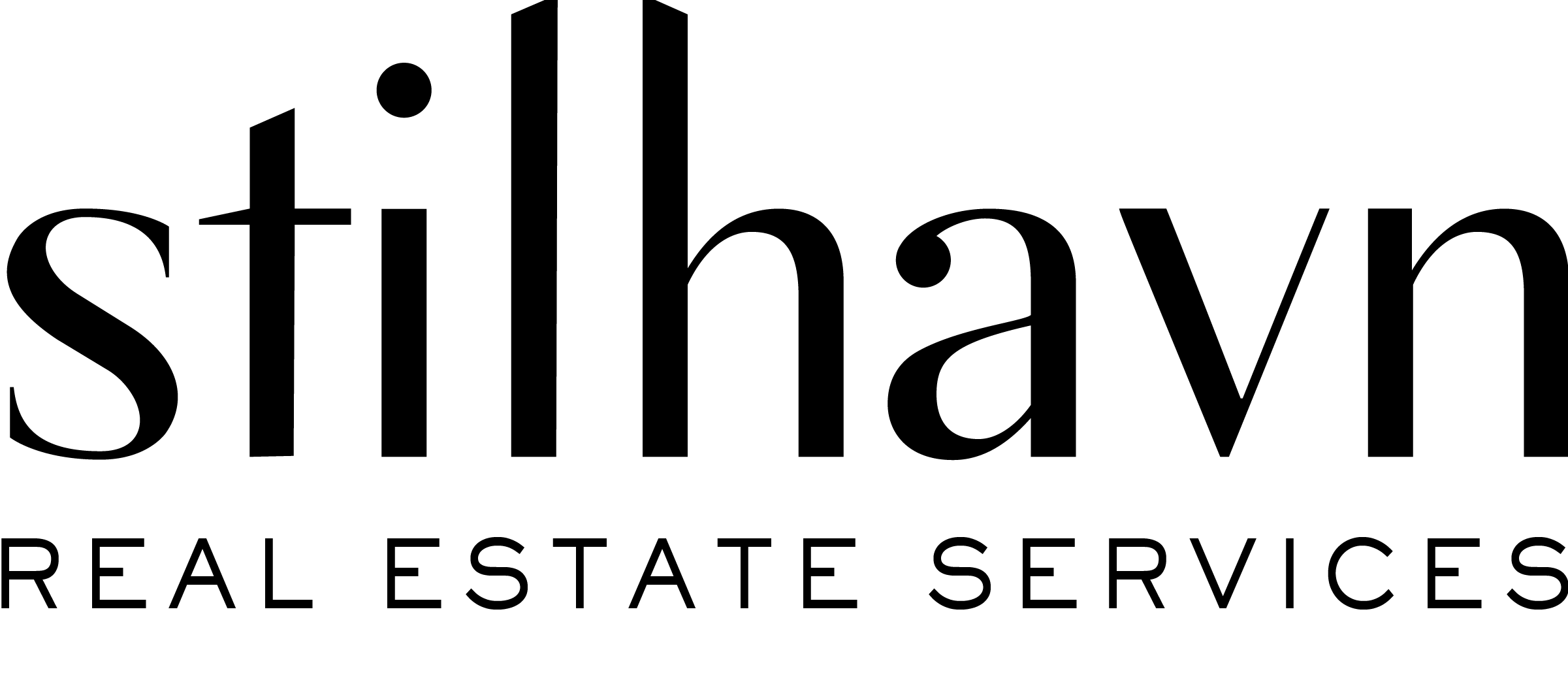Vancouver’s shift towards multi-unit residential properties is no accident. It’s part of an ongoing effort to conquer the natural and economic challenges posed by our city’s unique geography and the increasing cost of single-family homes. We’d never give up our mountains and ocean, but those natural borders mean we have to get a little creative.
From retrofitting industrial land for residential purposes around Expo ’86 to 2009’s city council movement allowing homeowners to construct laneway houses, the densification of our city’s residential neighbourhoods has long since been top of mind for Vancouverites.
Home prices continue to rise, especially for detached homes, and this trend is projected to continue for the foreseeable future. For some, the idea of owning a single-family house in Vancouver just isn’t feasible.
A recent motion put forth by Councillor Lisa Dominato to Vancouver City Council has expedited this development. Under this motion, which carried unanimously, city staff will begin investigating “creative and experimental ground-oriented housing types.”
Fortunately, multi-family or shared residential complexes are so much more than the barely-liveable basement suites you might remember from university. From innovative townhome concepts to lavish laneway homes, multi-family residential projects can be great for local communities and homeowners alike.
Multi-Unit Properties Build Community
More housing options make room for more growth, period. With another 1.2 million people projected to move to Metro Vancouver in the next three decades, evolving beyond single-family homes will be a linchpin in making Vancouver more liveable for newcomers and life-long Vancouverites alike.
In Dominato’s motion, townhome developments built adjacent to single-family homes are of particular note; townhomes, row homes, three-plexes and four-plexes are all part of the plan to provide more living options for Vancouverites. With these, the city hopes to become more liveable for a wider range of demographics.
Multi-family properties also create reasonably-priced rental units near key transit lines, job opportunities, and other neighbourhood amenities. When residents aren’t financially “squeezed out” of their neighbourhoods, those communities have a better chance to flourish, both socially and economically, helping them construct a powerful identity over time.
Laneway or infill homes also help retain or even enhance a neighbourhood’s character and identity. Often built as smaller versions of the main house, laneway homes can be a cohesive addition to an older neighbourhood’s look and feel. Some even believe that laneway homes make communities safer, with more “eyes” on back alleys to discourage crime.
Property Owners Benefit from Multi-Unit Homes Too
Multi-unit housing in residential areas can also benefit local property owners and managers. These developments can give landowners an additional income source with more of the land in use. Rental demand continues to be high, so owners don’t need to fret over filling vacancies, especially if the location offers potential residents the opportunity to create a fulfilling life.
Along with potential additional income, multi-family housing can increase the overall value of a property. Some estimates suggest that building a laneway home can increase a property’s value by $100,000 or more than the cost of building the home. Laneway homes are also more energy-efficient and require fewer resources than traditional single-family homes, thanks to their smaller size.
From an investment perspective, multi-family properties in one location are also easier to manage than multiple single-home properties at different locations. If an owner chooses to hire a property manager, one manager can easily cover multiple units at one development site to maximize that investment.
Moving Beyond Single-Family Homes
As Vancouver’s housing options continue to diversify, we know several positives are worth embracing. The very concept of densification will be essential to fueling Vancouver’s growth for decades to come. Multi-unit housing, like townhomes, triplexes, and laneway homes, help create affordable rents for families while opening the door for new employment opportunities and the community-centric growth of a neighbourhood.
On the ownership side, shifting to multi-unit residential properties can be a significant income source and increase a property’s base value. This is particularly evident with laneway homes, where owners can repurpose unused space into a more valuable land package. On top of the financial benefits, multi-unit properties offer a streamlined management prospect versus single-family homes.
Looking for an attached (or detached) home in Metro Vancouver?
If you need help figuring out your next real estate move, look no further: Stilhavn’s agents are among the best around. Talk to a trusted Stilhavn REALTOR® today. Let us help you find your havn!



